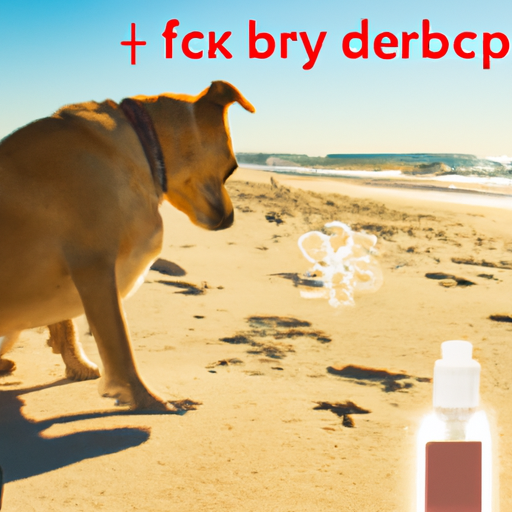If your furry friend has been scratching more than usual after a day at the beach or a romp in the sandbox, they might be dealing with an unwelcome infestation of sand fleas. Sand fleas are tiny parasites that dwell in sandy environments and can cause significant discomfort for your pet. Luckily, there are several effective methods to rid your dog of these pesky parasites. This article provides a comprehensive guide on how to get rid of sand fleas on dogs.
- Understanding Sand Fleas
- Recognizing Sand Flea Infestations
- Effective Sand Flea Treatments
- Preventing Sand Flea Infestations
- FAQ
Key Takeaways
- Sand fleas are small parasites that can cause discomfort and health issues in dogs.
- Recognizing the symptoms of a sand flea infestation is crucial to provide timely treatment.
- There are several effective treatments to eliminate sand fleas, including topical treatments, oral medications, and environmental control.
- Prevention is the best way to protect your dog from sand flea infestations.
Understanding Sand Fleas
Sand fleas, also known as beach fleas, are not actually fleas but tiny crustaceans. Despite their small size, they can cause significant discomfort in dogs, leading to constant scratching, skin irritation, and even potential allergic reactions. Here is some additional information from Cornell University College of Veterinary Medicine about these parasites.
Recognizing Sand Flea Infestations
Recognizing a sand flea infestation early can help ensure prompt treatment, reducing the potential for further complications. Key symptoms include:
- Excessive scratching or biting at the skin: This is often the first sign of an infestation.
- Red bumps or sores on the skin: These are often found on the dog’s legs or belly, where sand fleas can easily access the skin.
- Signs of discomfort or distress: This can include restlessness, decreased appetite, or changes in behavior.
OneTopDog has a guide on how to recognize common skin problems in dogs, which can be helpful in identifying a potential sand flea infestation.
Effective Sand Flea Treatments
Treatment for sand flea infestations in dogs typically involves a combination of topical treatments, oral medications, and environmental control measures.
Topical Treatments: These can include shampoos, sprays, and spot-on treatments specifically designed to kill fleas.
Oral Medications: Your vet may prescribe oral medications to kill the fleas from within.
Environmental Control: This can involve washing your dog’s bedding, vacuuming regularly, and treating your yard with flea control products.
For more details on these treatments, check out OneTopDog’s post on how to treat common dog parasites.
Preventing Sand Flea Infestations
Prevention is the best way to protect your dog from sand flea infestations. This includes:
- Avoiding sand flea habitats: This primarily includes sandy areas such as beaches and sandboxes.
- Using preventative treatments: Regular use of flea preventative treatments can help keep your dog protected.
- Regular grooming: Regular baths and grooming can help keep your dog’s skin and coat healthy, making it less attractive to parasites.
You can read more about preventive measures in the article, how to prevent dog parasites, on OneTopDog.
Frequently Asked Questions
Q: Can sand fleas infest my home?
A: Yes. If your dog brings sand fleas into your home, they can infest your carpets and furniture.
Q: How long does it take to get rid of sand fleas?
A: With proper treatment, you should see a decrease in flea activity within a few days. However, it can take several weeks to completely get rid of an infestation.
Q: Can I get sand fleas from my dog?
A: While sand fleas prefer animals, they can also bite humans, causing similar symptoms.
In conclusion, while sand fleas can cause significant discomfort for your dog, recognizing the signs of an infestation and knowing how to effectively treat and prevent them can keep your furry friend happy and healthy. If you suspect your dog has a sand flea infestation, be sure to consult your vet for appropriate treatment options.



